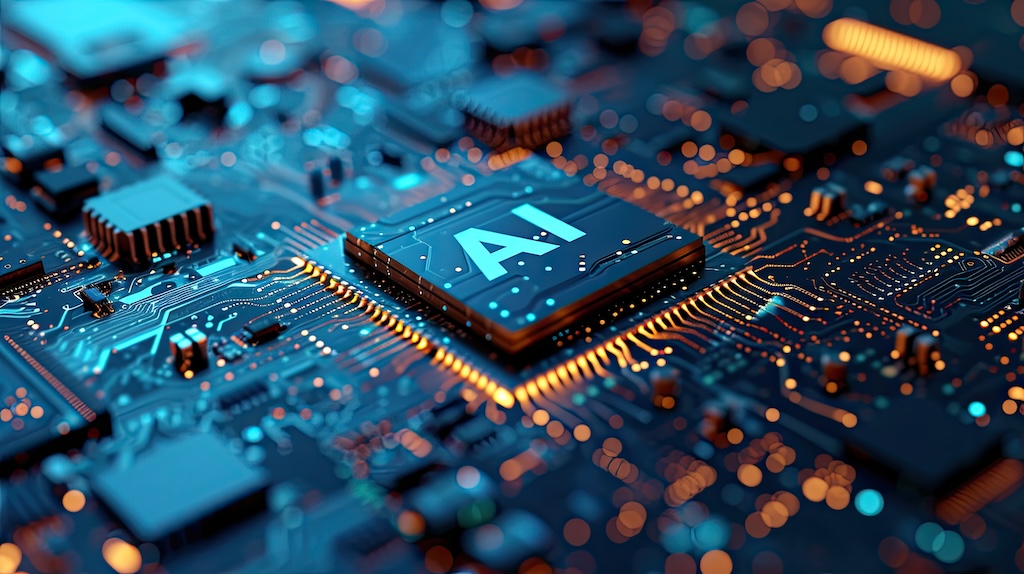
How to build product experiences that reduce cognitive load instead of creating new complexity
Designing Human-First AI Experiences (Not Just AI Features)
Every product team right now is facing pressure to “add AI” ⚡ You see it in product roadmaps, investor conversations, and customer requests. But the result of that pressure is often the same: an AI button that appears in the UI without context, value, or purpose. Users click it once out of curiosity, get overwhelmed or confused, and never return.
As a design agency, we see this often at Orizon when partnering with startups and large-scale companies eager to integrate AI into their products.
The real opportunity is not just to add AI - it’s to simplify the experience by removing friction.
Human-first AI starts with a different intention:
AI should reduce the effort required to reach a goal.
Start with the user goal - not with the AI model
Teams often begin with the wrong question:
“Now that we have GPT or an AI API, what can we build?”
The right question is:
“What do users struggle with, and can AI remove that struggle?”
When you ground AI in user intent, you should streamline existing actions. Instead of expanding the interface, you remove steps. Instead of adding a feature, you reduce cognitive load.
That’s the approach our designers at Orizon take - designing AI-powered experiences that feel invisible because they blend seamlessly into what users already do. Our goal is always to make progress feel effortless.
Guide users - don’t make them guess
Many AI tools fail because they leave users staring at a blank input field, unsure what to type.
Guided prompts, pre-filled suggestions, and sample outputs dramatically increase engagement because the user no longer needs to think about what’s possible - the interface shows them.
An AI feature succeeds when the path to value is obvious. Across our projects, we prototype interactions that lead users intuitively toward value without overloading them with options or uncertainty.
Trust is earned through transparency
AI experiences are not magic ✨ they’re an exchange. Users give data; the system produces insight or action. To feel safe, users need to understand:
- What the AI is doing
- Why it produced that result
- Whether they can edit or undo it
Interfaces that offer explanations, cite sources, or show confidence levels generate significantly more trust. Transparency isn’t a nice-to-have - it’s a requirement ✅
This is something we prioritize daily at Orizon when crafting AI dashboards and intelligent interfaces. Trust is the foundation of adoption, and design plays a crucial role in building it.
Give users control and the ability to undo
No matter how smart the system is, users must remain the decision-maker.
“Undo,” “revert,” and “edit” are not edge cases - they are psychological safety nets 🔄
When people feel in control, they experiment more, and adoption increases. Human-first AI design means the system assists - it never takes over.
The outcome is clarity
When AI is designed for humans, the product becomes more intuitive, faster to learn, and easier to use. The experience shifts from:
“What do I do with this?”
To: “Wow, that saved me time.” ⏱️
Within Orizon, this mindset guides every AI-driven project we take on. Whether we’re designing predictive tools, generative interfaces, or intelligent assistants, our focus is on creating clarity - not complexity.
People don’t want an AI feature
✅ They want progress.
💡 They want clarity.
🧘 They want headspace back.
If AI doesn’t make the experience simpler, it doesn’t belong in the experience.
Need help designing intuitive AI experiences that users actually love?
Our UX and product design team specializes in AI-driven design.
Reach out to us today! 🚀
Photo by hakule / Adobe Stock – “Detailed Close‑up of an AI Chip on a Circuit Board” (File #698010339).

Keep Reading
More from Orizon

Need help with a project?
Let's talk!
Get support on a large platform, flesh out your first MVP, go from concept to investment, or take your startup to the next level. Our process wraps around your unique business needs.






%20(1).png)







.svg)
.svg)

.svg)